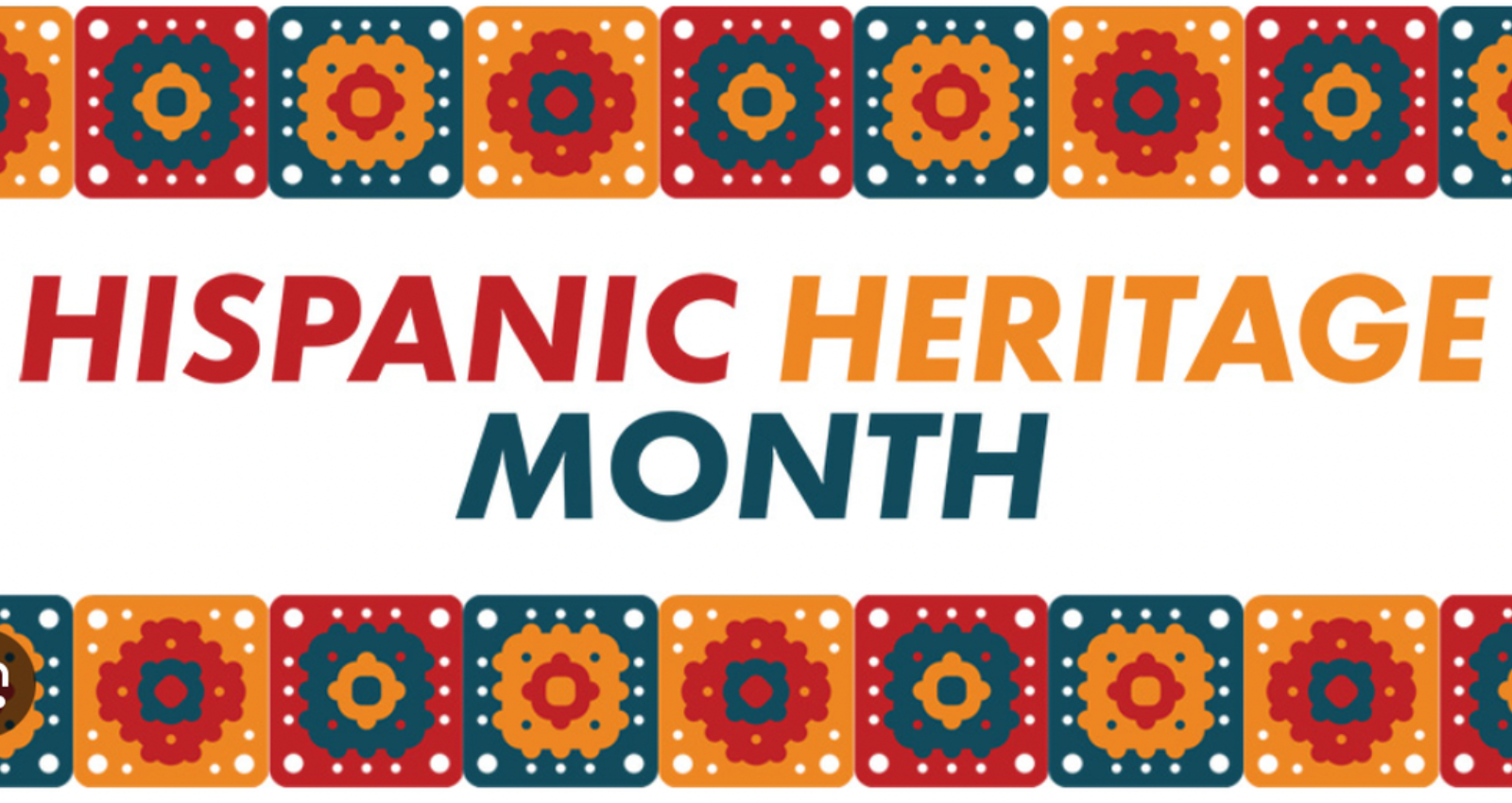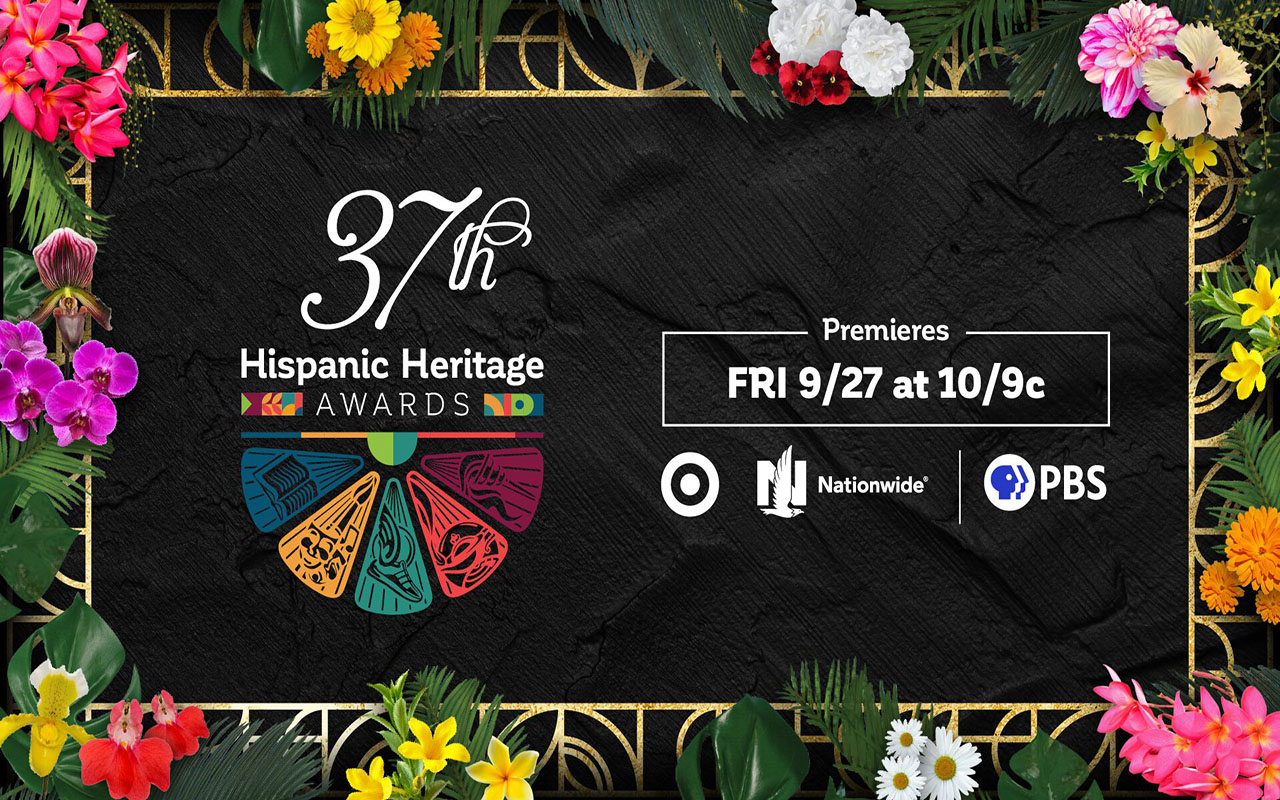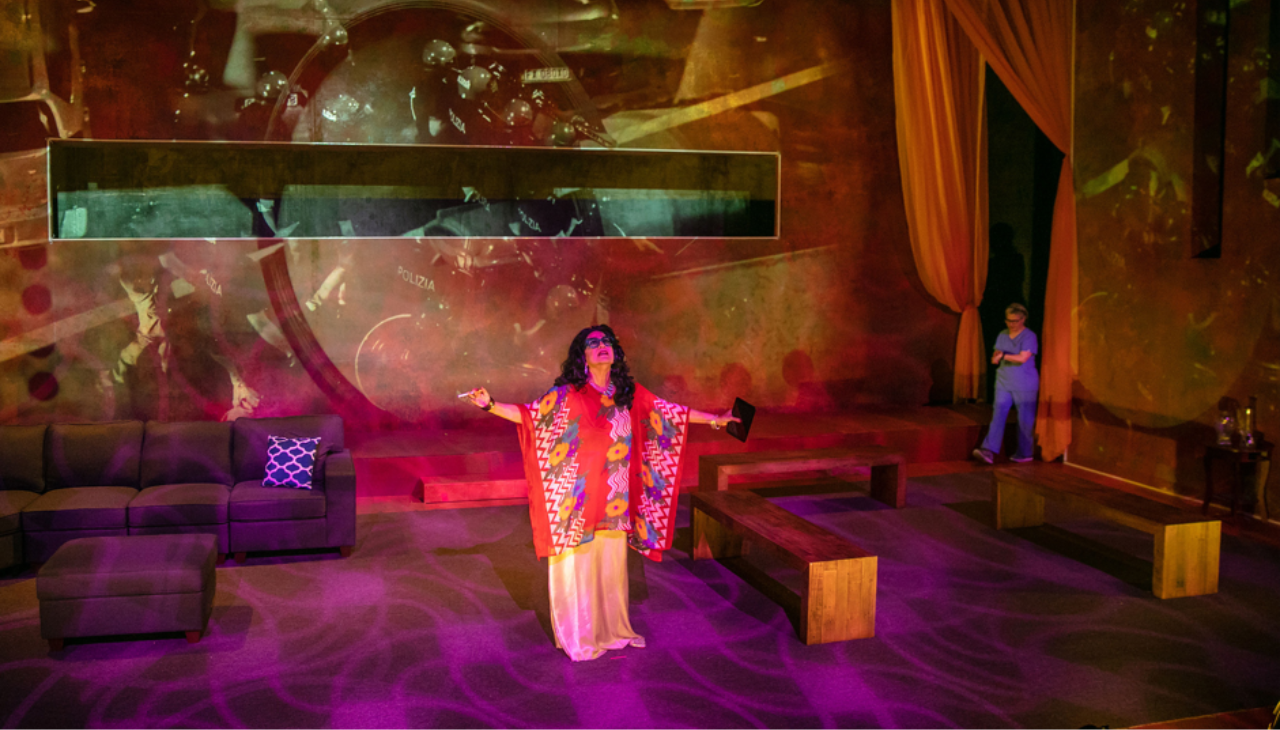
The Andean New Year from the Mediterranean
The native peoples of South America celebrate the Andean New Year, a tradition they carry with them wherever they migrate.
While the northern hemisphere celebrates the summer solstice, in Latin America, the native peoples celebrate the winter solstice. In the Andean calendar, a new return to the sun is celebrated.
This year celebrates the 5529th Andean New Year.
The Latin American community living in Barcelona, pays tribute to this ancestral celebration year after year, collecting and sharing the traditions of the Kichwa, Quechua, Guarani and Aimara peoples, who before the arrival of the colonizers, were part of the Inca empire.
The institution in charge of organizing this year's Inti Raymi or Sun Celebration in the city of Barcelona was the Bolivian consulate, who invited and summoned the Bolivian, Peruvian, Ecuadorian, Argentinean, Chilean, Colombian and other countries of the continent to gather this Monday at 5 a.m. to welcome the sun.
In the Andean cosmovision, the Inti Raymi thanks the Sun and the Pachamama (mother earth) for the food that both allow the farmer to sow and harvest to feed his community.
RELATED CONTENT
The celebration is held every year on a beach in Barcelona, where the sun was received at its closest moment to the earth.
The stage for the ceremony was dressed in colors and an altar was installed in the shape of a chacana, a shape that symbolizes the distribution of what was once the Inca Empire. A giant whipala pointed out where the ritual would take place.
The event was filled with music, traditional dances and ritual acts. Attendees were able to give thanks and make their wishes for the new year. While the organization remembered the peoples of South America who are in times of struggle and prayed that this moment of change would be positive for the region.
On the traditional mantles, offerings such as food, seeds and drinks were placed to the earth and to Tayta Inti or Father Sun. The celebration of Inti Raymi is lived as a sample of the syncretism of the Andean and western culture, and as an act of vindication and affirmation of the ancestry of the Latin American peoples.
Despite the fact that mobility and migration is becoming more and more common, many traditional holidays are maintained or reinterpreted in the hosting countries, and are lived as a way to connect with roots and ancestry.
What traditional holidays do you continue to celebrate?











LEAVE A COMMENT:
Join the discussion! Leave a comment.